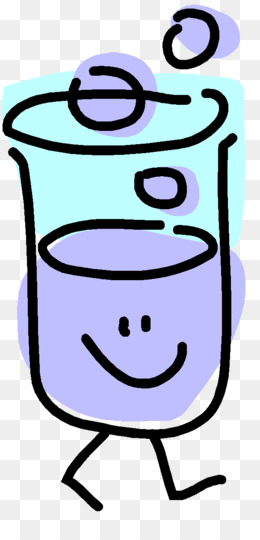
Now that you have finished the lesson you should feel a sense of accomplishment!!! Great job!! Here is a review of what you have learned....
What Is a State of Matter?
The word "matter" refers to everything in the universe that has mass and takes up space. All matter is made up of atoms of elements. Sometimes, atoms bond together closely, while at other times they are scattered widely.
There are three basic states of matter; these include solid, liquid and gas.
Solids
A solid has a definite shape and volume because the molecules that make up the solid are packed closely together and move slowly. Solids are often crystalline; examples of crystalline solids include table salt, sugar, diamonds, and many other minerals. Solids are sometimes formed when liquids or gases are cooled; ice is an example of a cooled liquid which has become solid. Other examples of solids include wood, metal, and rock at room temperature.
Liquids
A liquid has a definite volume but takes the shape of its container. Examples of liquids include water and oil. Gases may liquefy when they cool, as is the case with water vapor. This occurs as the molecules in the gas slow down and loses energy. Solids may liquefy when they heat up; molten lava is an example of solid rock which has liquefied as a result of intense heat.
Gases
A gas has neither a definite volume nor a definite shape. Some gases can be seen and felt, while others are intangible for human beings. Examples of gases are air, oxygen, and helium. Earth's atmosphere is made up of gases including nitrogen, oxygen, and carbon dioxide.
Link to Podcast: https://voca.ro/4uwuBJhIPIO

